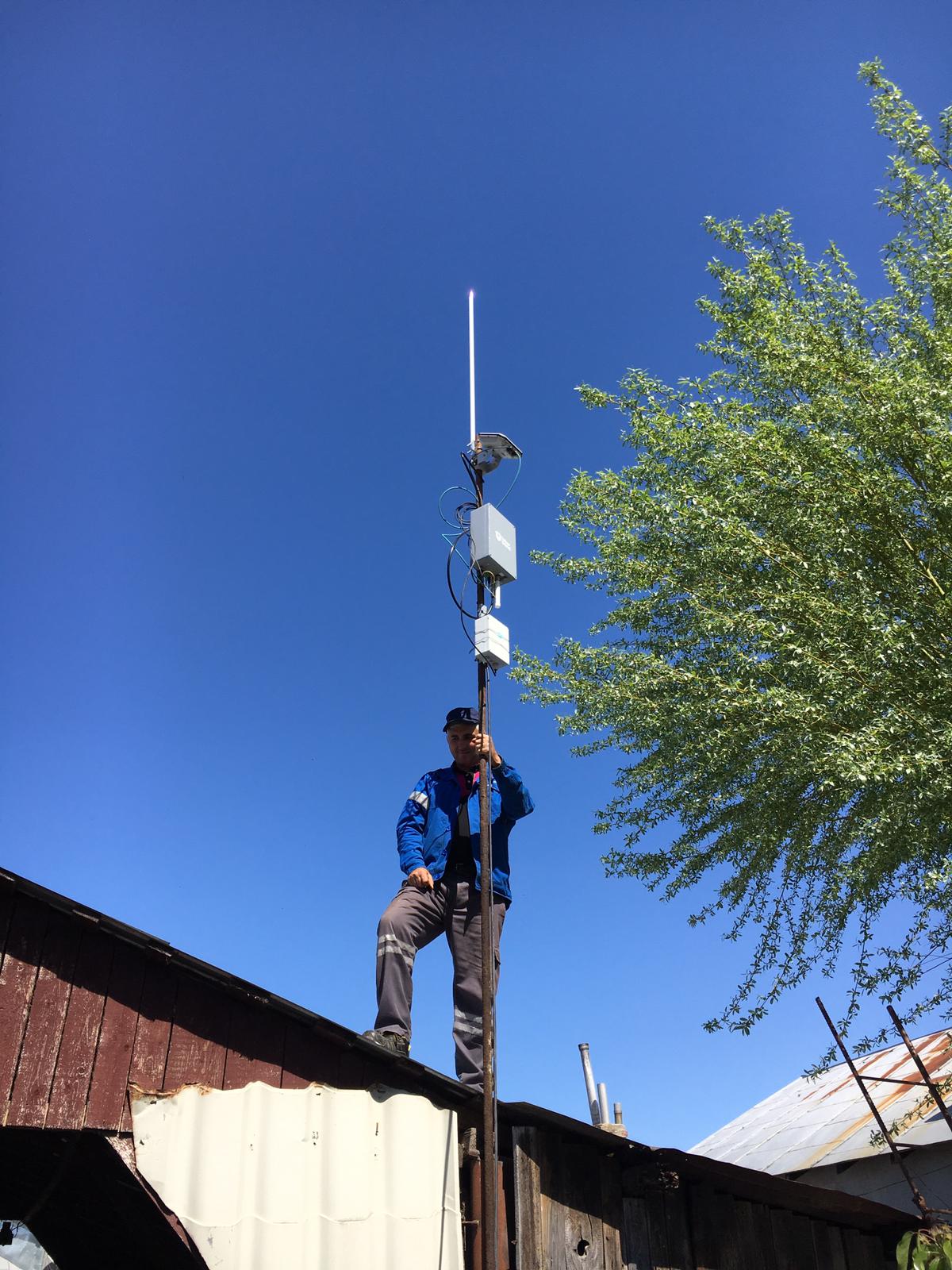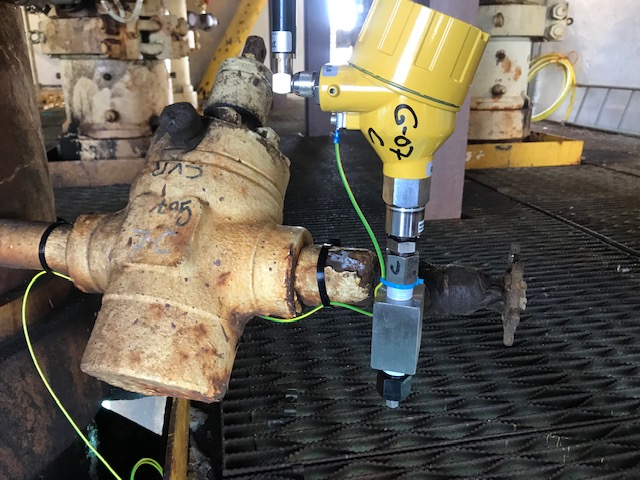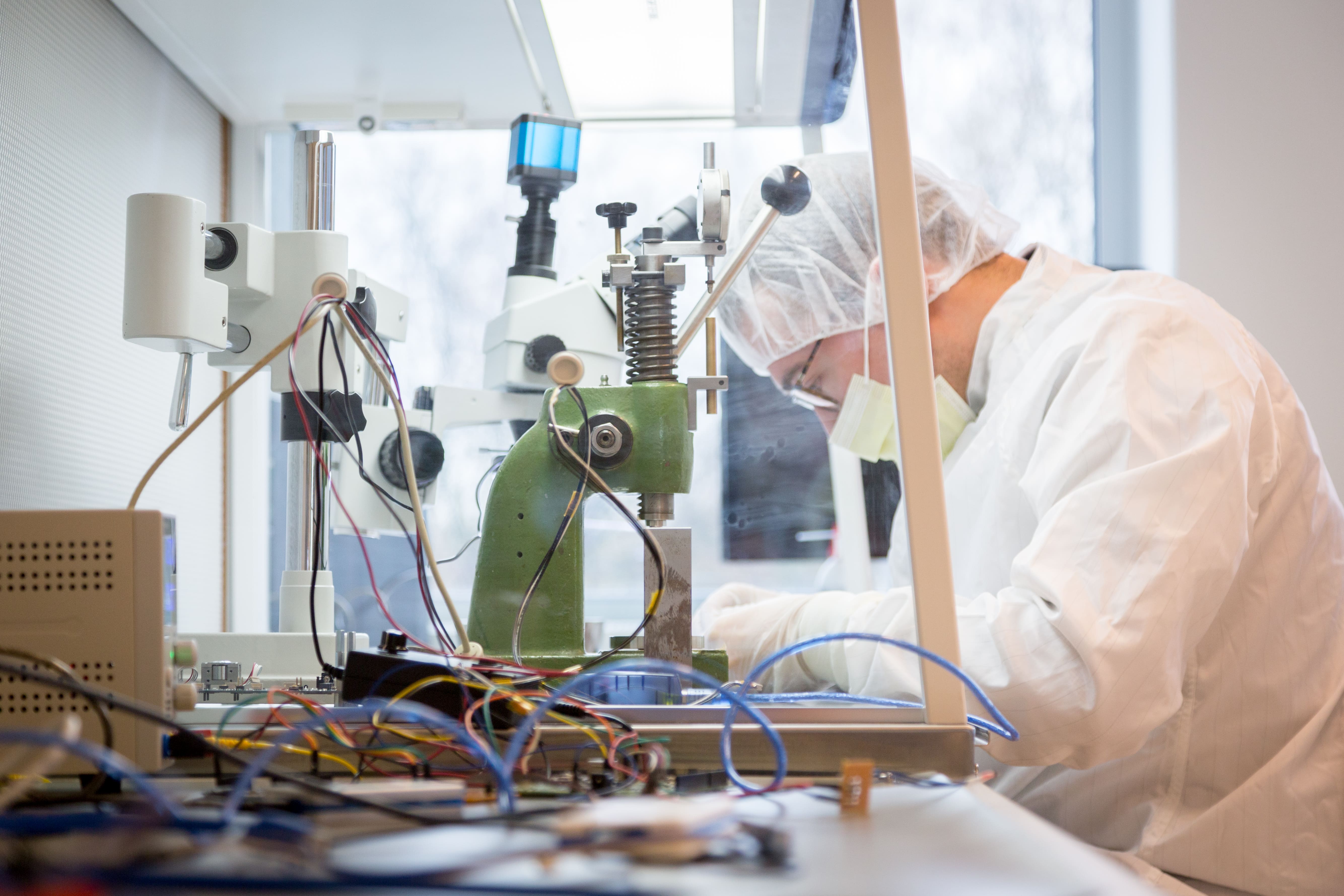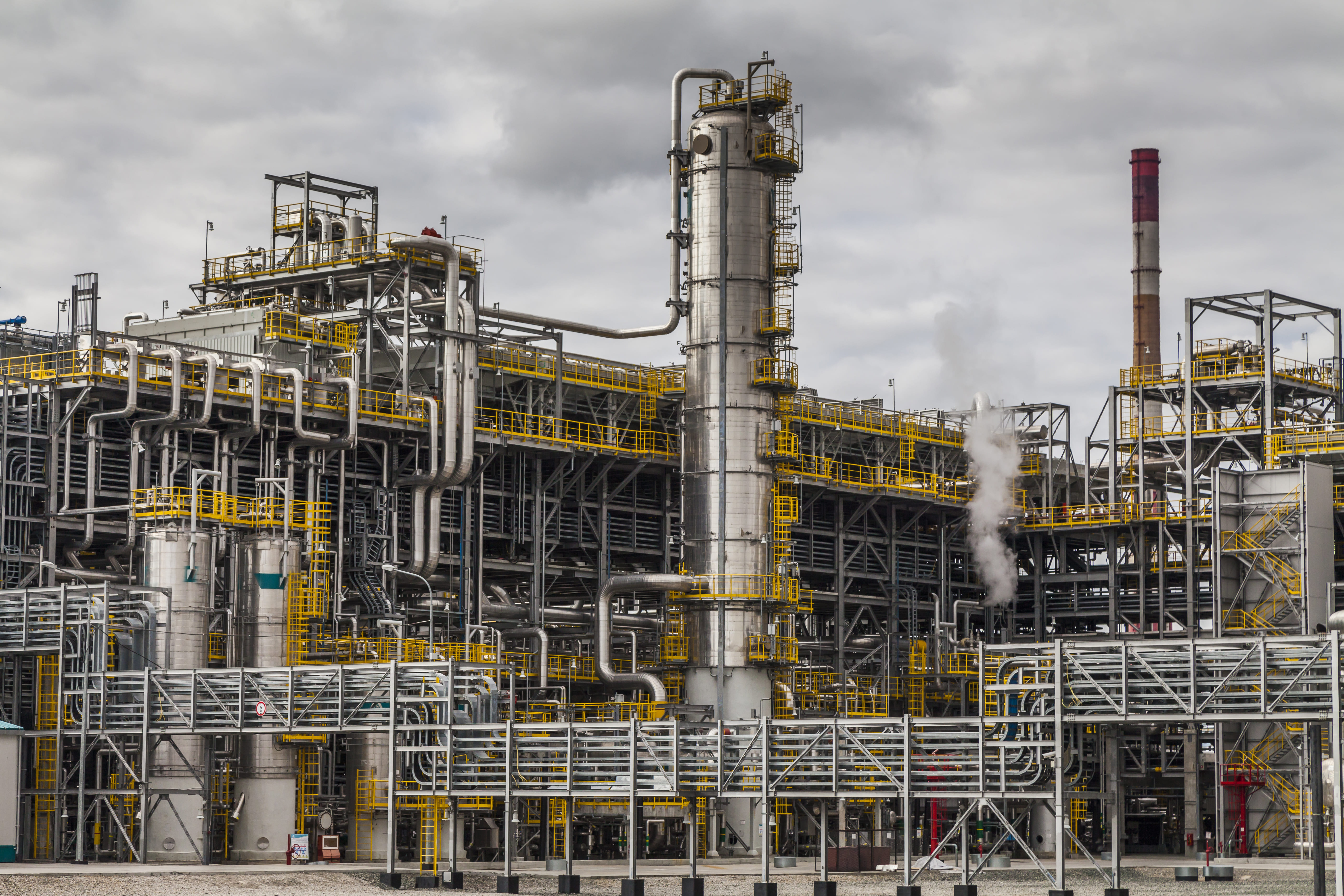Some of the most frequently asked questions we get from potential customers involve installation. We generally promise that our HiberHilo solution is easy to install. And that’s because it really is (we’ve got the pictures to prove it).
From the start, easy installation has been a central design choice behind the HiberHilo solution. Keep reading to find out why.
Why easy installation is a big part of the HiberHilo design.
There’s no doubt about it. We’re in the digital era, and we all understand how much of a game changer technology is, especially for industries like oil and gas. When you bring the right tech into the field, you can start gathering data on assets that helps you optimise and improve production, reduce risk, find issues, and make work more sustainable. Technology, and the data that comes with it, makes operations more efficient.

In short, it can (and should) make our lives easier. And that’s why an easy installation is so important.
For a lot of oil and gas tech installations, companies have to pause production. Big installations take time, specialised talent, and patience.
At HiberHilo, we wanted to create something that was quick and easy to get into the field. That’s why we designed a solution that:
- Can be installed by your own crew
- With two hours of training
- In a matter of hours
- Without pausing production
The process is pretty simple. First, you have to install the gateway (a sleek 4-kilogram metal box that takes well data and transmits it to the satellite) in a central location.

After installing the gateway and doing a LoRa check with one of the sensors to make sure everything’s working, you can head out to the individual assets and install the sensors.
HiberHilo sensors come pre-configured, so you don’t have to fuss around with the sensor after you pull it out of the box. Each installation only takes about ten minutes. And thanks to some helpful documentation and videos provided by Hiber, you’ll know exactly what to do. Just screw the standard half-inch NPT connection into the Christmas tree, and you’re done.

Installing the sensors is the hardest part of the job. And it only takes about 10 minutes per sensor. One of our customers got 10 sensors installed on a platform in a single day.
Once you’ve installed everything and confirmed that it’s working, you should see data roll into your dashboard within minutes.
Related: How to get started with HiberHilo in less than three hours.



